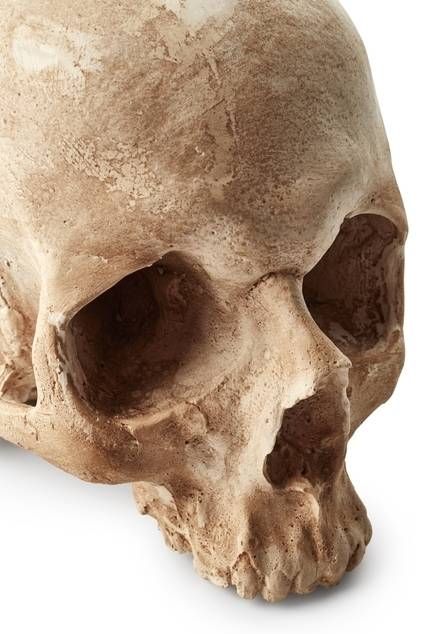Nearly 500 years ago in what we now call Mexico, a disease started rippling through the population. Red spots appeared on the skin, accompanied by wretched vomiting, bleeding from multiple orifices, and eventually, death. Combined with an invasion from Europe and horrific droughts, it was generally not a pleasant time or place to be alive.
It bore the name cocoliztli, meaning ‘pestilence,’ and it killed between five and 15 million people in just three years. As many plagues were at the time, it proved deadly and mysterious, burning through entire populations. Occurring centuries before John Snow’s work on cholera gave rise to epidemiology, data on the disease’s devastation was sparse. Over the years, researchers and historians attempted to pin the blame for the illness on measles, plague, viral hemorrhagic fevers like Ebola, and typhoid fever—a disease caused by a variation of the bacteria Salmonella enterica.
In a paper published this week in Nature Ecology & Evolution, researchers present evidence that the latter was the most likely candidate in this cast of microbial miscreants. The study was pre-printed in biorxiv last year. The researchers detected the genome of a different variety of Salmonella enterica (the specific variety is Paratyphi C) in teeth of individuals buried in a cemetery historically linked to the deadly outbreak.
